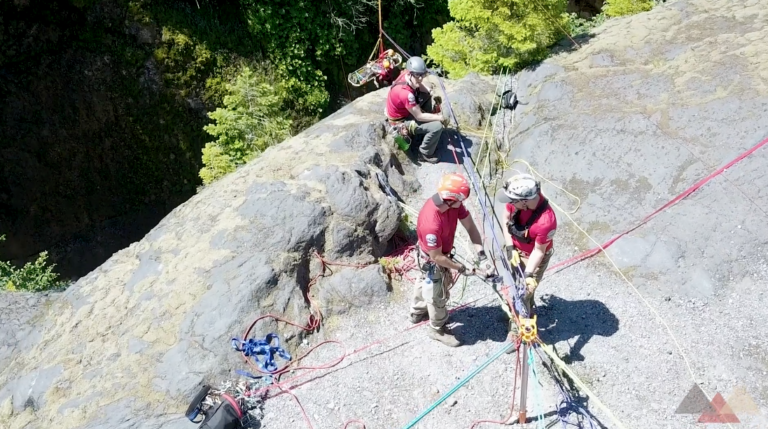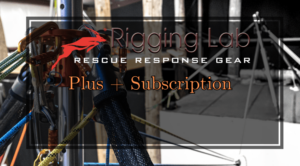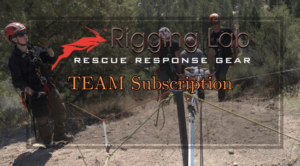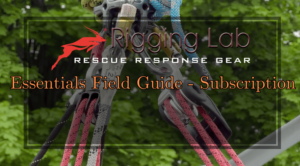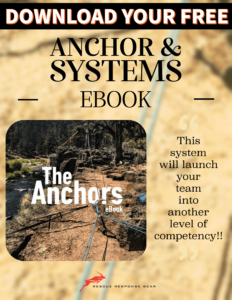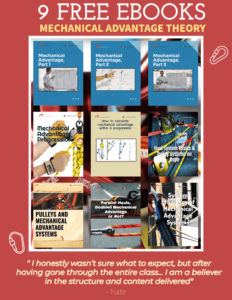Vector Forces and Rigging Mechanics in Rope Rescue
Introduction
Rope rescue operations are inherently complex, requiring a nuanced understanding of vector forces and rigging mechanics. These elements are critical for ensuring the safety of both rescuers and victims. This blog will explore the foundational principles of vector forces and rigging mechanics, providing insights into how these principles are applied in real-world scenarios to enhance rescue efficiency and safety.
The Problem: Understanding and Managing Vector Forces
In rope rescue, vector forces refer to the directional forces that act on rigging systems. These forces are not always straightforward; they can change based on the angles and configurations of the ropes and equipment used. For example, when multiple anchors are involved, the distribution of forces becomes more complex. A key challenge is understanding how these forces interact and affect each component in the system.
One common issue is the misinterpretation of force distribution in multipoint anchor systems versus directional pulleys. As detailed in the article “Force Multipliers and The Fundamentals of Mechanics,” many rescuers incorrectly assume that the force on a directional pulley anchor is the same as that on a multipoint anchor system with similar angles. This misunderstanding can lead to improper setups, increasing the risk of failure (Rigging Lab Academy) (Rigging Lab Academy).
The Solution: Rigorous Analysis and Correct Application
To manage vector forces effectively, rescuers must engage in rigorous vector analysis. This involves breaking down forces into their component vectors and understanding the resultant forces that arise from various configurations. For instance, the parallelogram method is a reliable way to determine the resultant force and its direction, essential for setting up secure anchor systems. The “Advanced Rigging Physics 1: Vectors & Mechanical Advantage” course offers a deep dive into these techniques, covering everything from basic vector analysis to advanced applications in tripod and highline systems (Rigging Lab Academy).
Mechanical advantage systems, such as those using pulleys, are pivotal in rope rescue. These systems allow rescuers to lift or lower loads with significantly less force, making operations more efficient and less physically demanding. Understanding the mechanics behind devices like the CMC Clutch or Petzl MAESTRO, and how they distribute and manage forces, is crucial. The “Fundamentals of Force Multiplier Mechanics” article explains how these tools can equalize forces and provide mechanical advantage, ensuring that loads are manageable and safe (Rigging Lab Academy).
Practical Applications: From Theory to Field Operations
Applying the principles of vector forces and rigging mechanics in the field involves meticulous planning and execution. One practical application is the setup of Artificial High Direction (AHD) systems, such as the Arizona Vortex. These systems are invaluable in creating optimal angles and managing vector forces in complex rescues. The article “Artificial High Direction (AHD) Easel A-Frame Using Arizona Vortex Multipod Part 2” discusses how these setups can be used to control resultant forces effectively, ensuring that the system remains stable and secure (Rigging Lab Academy) (Rigging Lab Academy).
Another critical aspect is the correct implementation of mainline and belay systems. The precise setup and management of these systems ensure that forces are distributed correctly, preventing overload on any single component. The resources provided by Rigging Lab Academy cover a wide range of scenarios and setups, offering comprehensive guidance on best practices and potential pitfalls.
Results: Enhancing Safety and Efficiency
By mastering vector forces and rigging mechanics, rescuers can significantly enhance the safety and efficiency of their operations. Proper force distribution ensures that equipment is not overloaded, reducing the risk of failure and accidents. Additionally, understanding mechanical advantage systems allows for more efficient use of human and material resources, making rescue operations quicker and less strenuous.
The result is a more competent and confident rescue team, capable of handling complex scenarios with precision and care. This knowledge not only protects the lives of victims but also safeguards the rescuers, ensuring that every operation concludes successfully.
Conclusion
In rope rescue, a thorough understanding of vector forces and rigging mechanics is not just an academic exercise—it’s a practical necessity. The principles discussed in this blog are foundational to safe and effective rescue operations. For those looking to deepen their knowledge and skills, Rigging Lab Academy offers a wealth of resources and training opportunities. Explore their courses and articles to equip yourself with the expertise needed to excel in the field of rope rescue.
For more in-depth information, visit Rigging Lab Academy. These resources will provide you with the tools and knowledge to manage vector forces and rigging mechanics confidently and competently.
Peace on your Days
Lance

